Lizards with color-changing abilities are some of the most fascinating creatures in the animal kingdom. These reptiles can shift their hues for various reasons, from blending into their surroundings to communicating with other lizards. The process often involves specialized cells in their skin that react to environmental changes, moods, or social interactions. While chameleons are the most well-known, many other species have evolved this impressive skill. Here, we explore some of the most captivating lizards known for their remarkable color-changing abilities.
Panther Chameleon
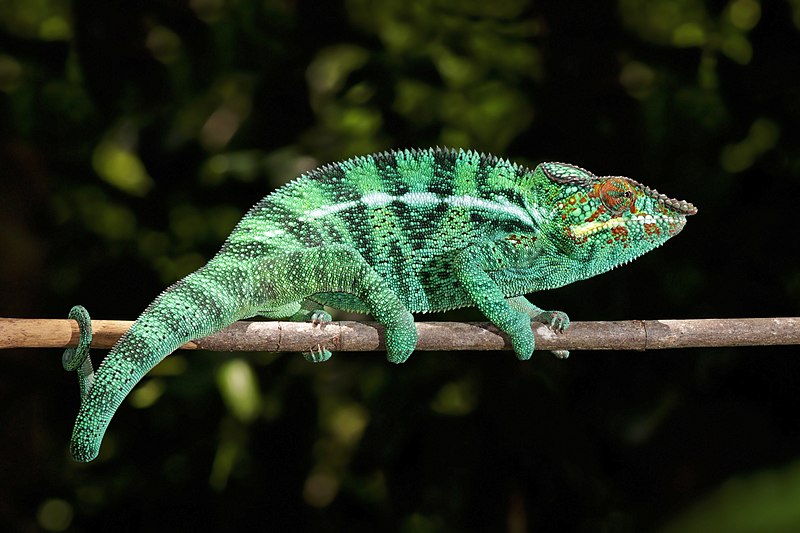
The Panther Chameleon, native to Madagascar, is renowned for its vivid, kaleidoscopic hues. These reptiles can change color in response to mood, temperature, and light, making them one of the most iconic color-shifting species. Male Panther Chameleons are particularly colorful, displaying bright shades of blue, red, green, and orange during courtship or aggression. Their skin cells, called chromatophores, allow them to manipulate their colors with precision. This color-changing ability also aids in communication and camouflage, making them exceptional survivors in the wild.
Veiled Chameleon
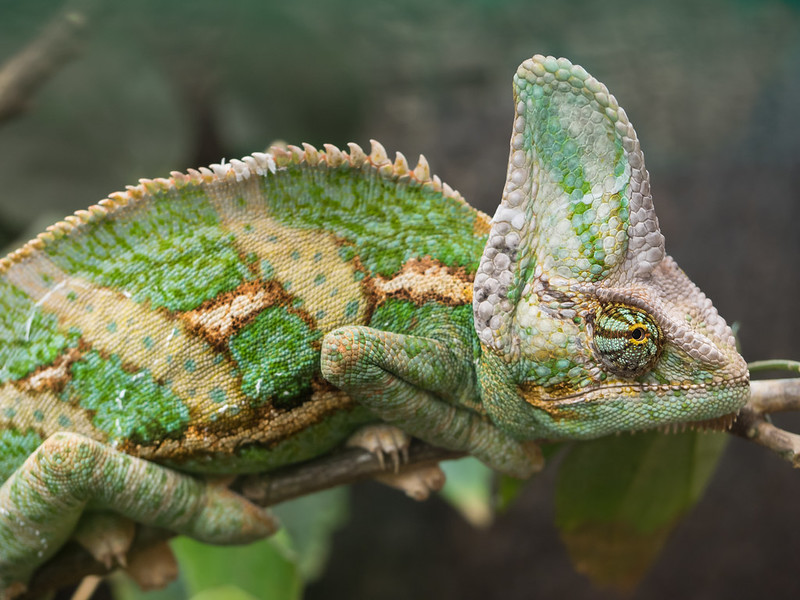
The Veiled Chameleon, commonly found in the Arabian Peninsula, is a master of both color change and adaptation. Its color shifts from green to shades of yellow and brown depending on mood and temperature. This species often turns darker to absorb more heat from the sun or adopts brighter colors during mating displays. The large casque on its head, an adaptation for water collection, gives it a unique appearance among chameleons. In the wild, this lizard thrives by blending into its leafy surroundings to avoid predators.
Jackson’s Chameleon
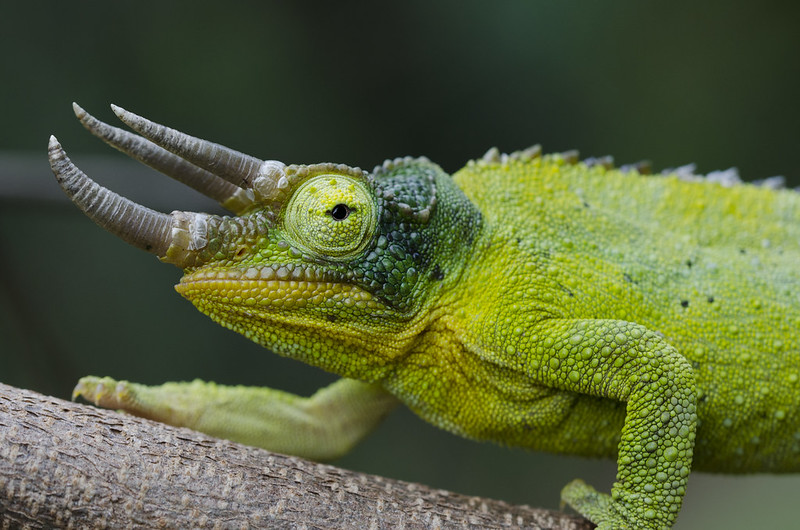
Jackson’s Chameleon, distinguished by the three horns on its head, is native to East Africa but has been introduced to other regions like Hawaii. These lizards can shift from bright green to deep brown and even blue, depending on environmental factors and social interactions. Color changes are also influenced by stress levels, with males becoming more vibrant when threatened or during courtship. Their horns are used not only for defense but also to establish dominance among rivals. Jackson’s Chameleons are often slow-moving but rely on their excellent camouflage for safety.
Green Anole
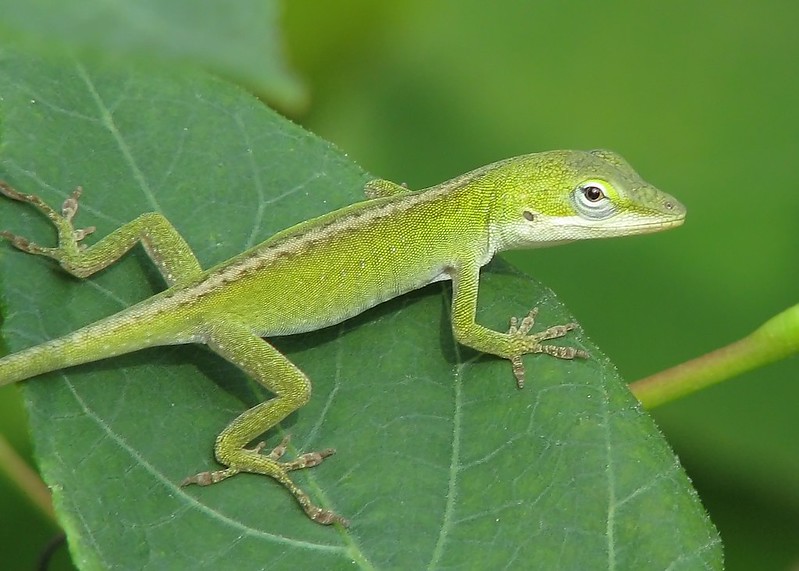
The Green Anole is a small lizard primarily found in the southeastern United States. Known for its ability to switch between bright green and brown, this lizard adapts to different environments and emotional states. Green indicates calm or warm conditions, while brown signifies stress or cooler temperatures. This ability is also vital for communication, with males often changing colors to assert dominance or attract mates. Its agility and color-shifting abilities make the Green Anole a fascinating species to observe.
Carpet Chameleon
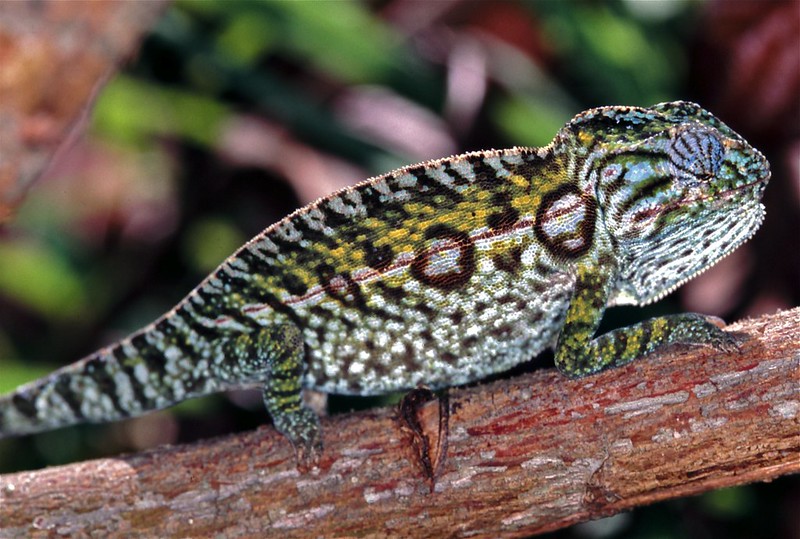
The Carpet Chameleon, native to Madagascar, stands out with its intricate and often bold color patterns. These chameleons can change between bright greens, yellows, and oranges depending on their surroundings and emotional state. Females tend to display more vivid colorations during pregnancy, which helps signal their unavailability to males. Unlike many other lizards, the Carpet Chameleon prefers living in open areas like grasslands and fields. This species is particularly adaptive, using its colors to blend into varied environments for protection.
Mediterranean Chameleon
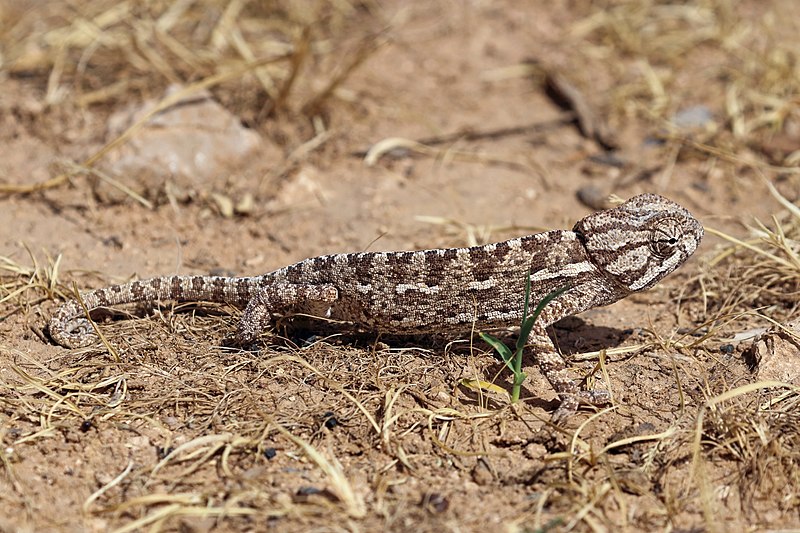
Found along the coasts of southern Europe and northern Africa, the Mediterranean Chameleon has a unique ability to shift between various shades of green, brown, and gray. This color change allows it to blend seamlessly into the Mediterranean scrublands where it resides. It’s also known to brighten its colors during mating rituals, with males showcasing more vibrant displays. This lizard primarily hunts using stealth, relying on its camouflage to get close to prey. Its large, rotating eyes allow it to remain perfectly still while scanning for food.
Parson’s Chameleon
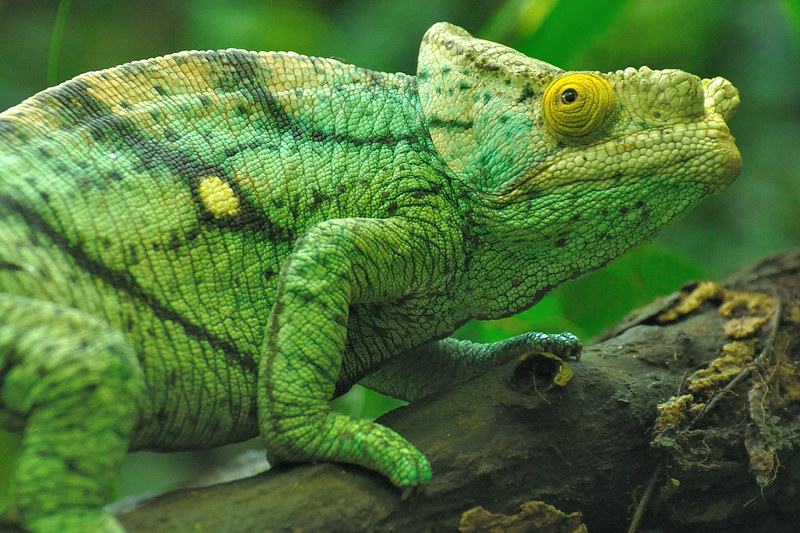
Parson’s Chameleon, one of the largest chameleon species, is native to the rainforests of Madagascar. This giant lizard can shift between shades of green, turquoise, and yellow depending on its mood and surroundings. Males are particularly striking with their bold color patterns, which they use during territorial disputes. Parson’s Chameleons are slow-moving and prefer staying hidden, using their color-changing skills to evade predators. Their size and vibrant color palette make them a standout species in the chameleon world.
Flap-Necked Chameleon
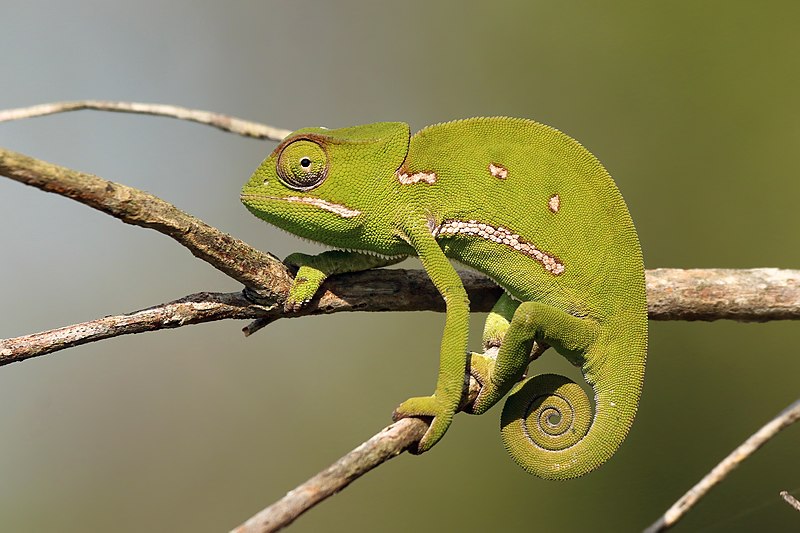
The Flap-Necked Chameleon is a widespread species found in sub-Saharan Africa. Its name comes from the distinctive flap of skin on its neck, which inflates during displays of aggression or mating rituals. This chameleon can transition from green to brown and sometimes even bright yellow, depending on environmental factors. Like other chameleons, it relies on chromatophores to achieve these changes, which help with both communication and camouflage. Its ability to swiftly change colors enables it to blend into diverse habitats, from forests to savannas.
Dwarf Chameleon
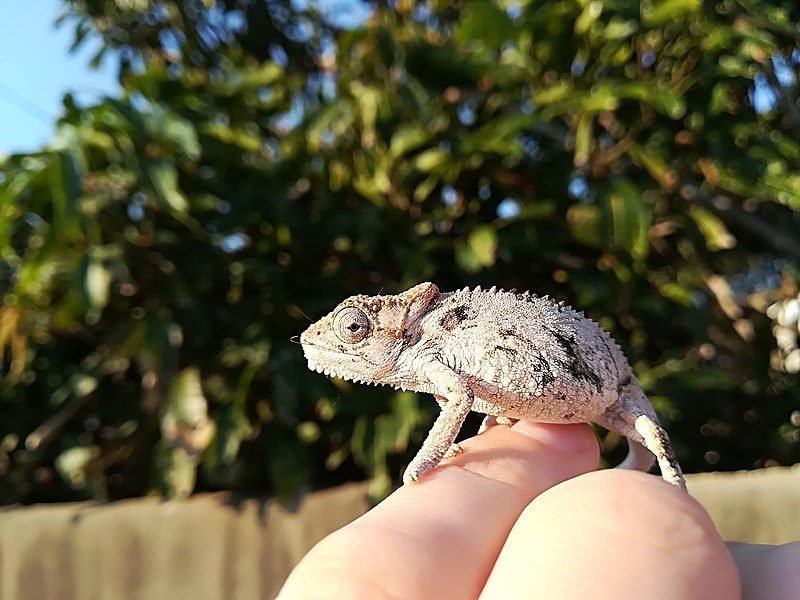
The Dwarf Chameleon, found primarily in South Africa, is known for its subtle but efficient color-changing abilities. It often shifts between muted browns, greens, and grays, perfectly matching the bushy environments it inhabits. Despite its small size, this species uses color change to communicate with other lizards and to ward off potential threats. Males can become more vibrant during the breeding season, showcasing blues and yellows. The Dwarf Chameleon’s relatively tiny stature makes it especially reliant on camouflage for protection.
Meller’s Chameleon
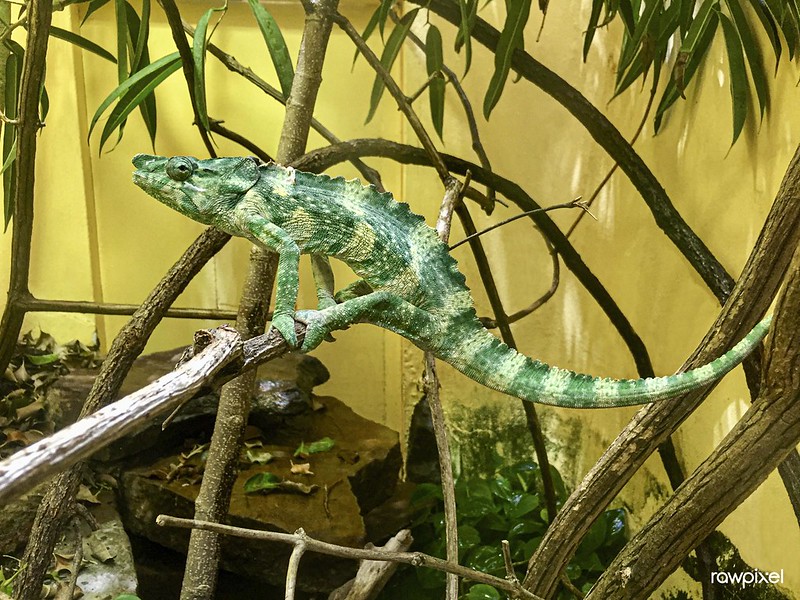
Native to East Africa, Meller’s Chameleon is one of the largest species of chameleons, often growing up to two feet in length. Its color-changing ability is highly developed, allowing it to shift between green, brown, and black, often with intricate patterns. Males are known to change colors rapidly during combat or courtship displays. Unlike smaller chameleons, Meller’s Chameleons are less agile but make up for it with their impressive size and vibrant color shifts. They primarily use their changing colors to avoid predators and signal their intentions to other chameleons.
Common Chameleon
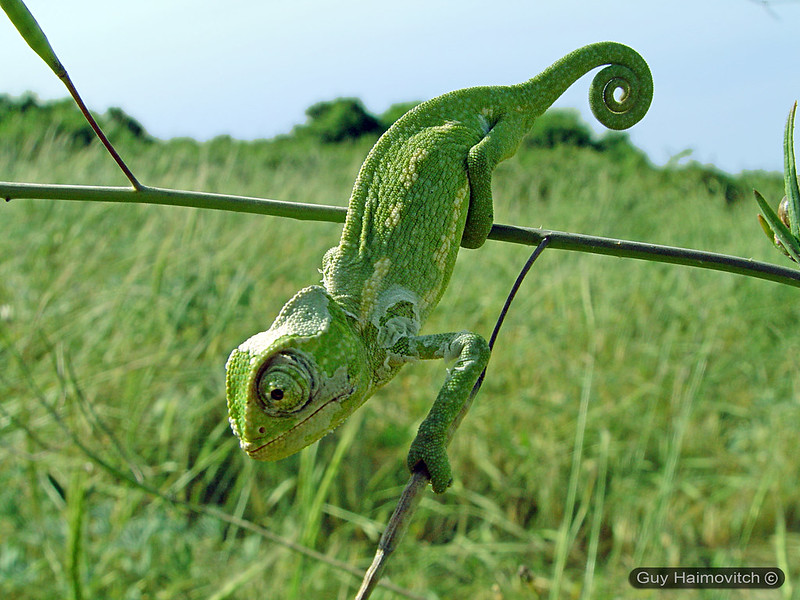
The Common Chameleon, found in parts of Europe, North Africa, and the Middle East, is another master of disguise. It can change from pale greens to deep browns and even yellow, depending on its surroundings and emotional state. These color shifts are essential for thermoregulation, allowing the lizard to absorb or reflect sunlight. The Common Chameleon’s adaptability has allowed it to thrive in a variety of habitats, from forests to urban areas. Its rotating eyes and lightning-fast tongue make it a formidable predator.
Smith’s Dwarf Chameleon
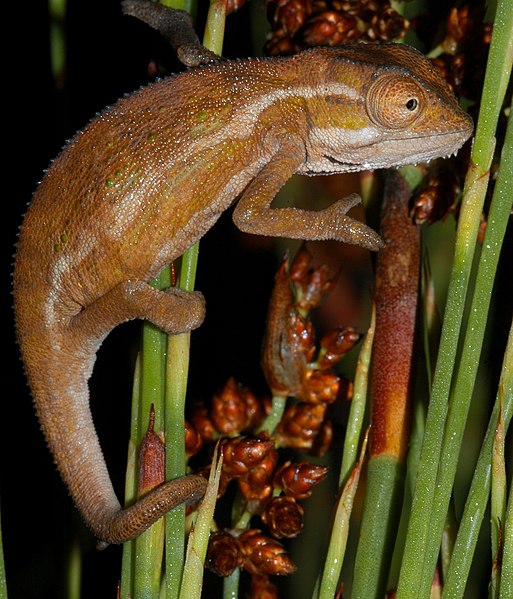
Smith’s Dwarf Chameleon, native to South Africa, exhibits a more limited range of color change compared to other chameleons but is no less fascinating. It can transition between shades of brown, green, and gray, which helps it blend into the shrubbery and grasses where it lives. Males often become more colorful during mating season, with flashes of bright green and blue. The species is known for its ability to live in both natural and urbanized areas, demonstrating impressive adaptability. Its small size makes it particularly vulnerable, so camouflage is critical for survival.
Spectral Pygmy Chameleon
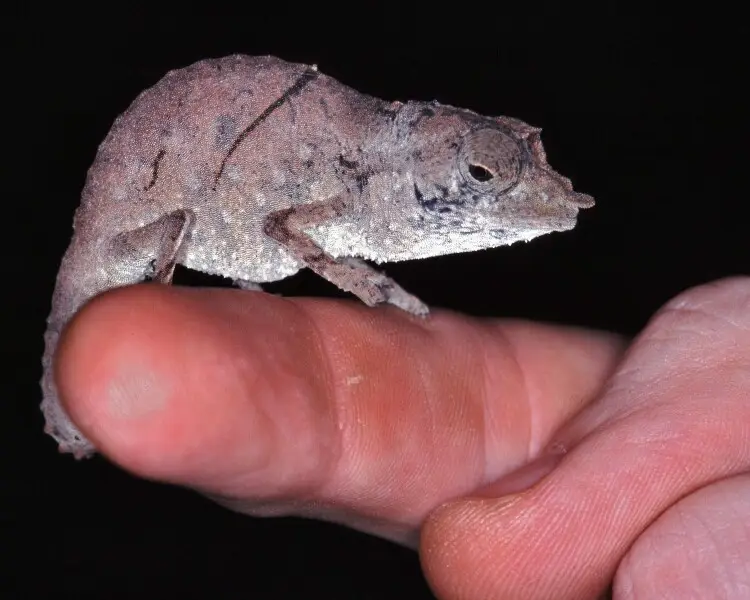
This tiny chameleon, found in Tanzania, is famous for its cryptic color changes that help it blend seamlessly into the forest floor. Its colors range from earthy browns and greens to pale grays, depending on its surroundings. Unlike other chameleons, the Spectral Pygmy Chameleon relies more on its camouflage than bold displays. During moments of stress or threat, it darkens its body to signal discomfort. Its minuscule size, combined with its color-shifting ability, makes it almost invisible to predators.
Senegal Chameleon
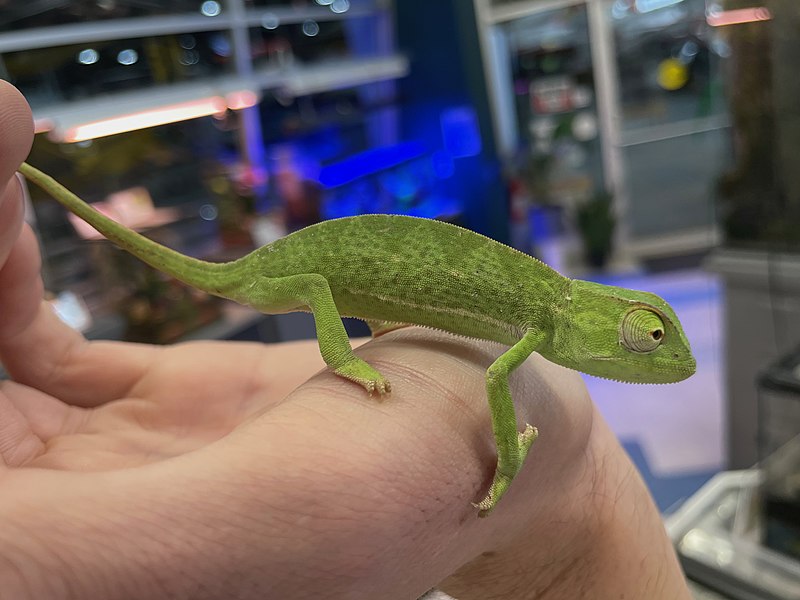
The Senegal Chameleon, native to West Africa, is a medium-sized species with a subtle but effective range of color change. It can shift between greens, yellows, and browns depending on light, temperature, and mood. During mating displays, males exhibit brighter colors to attract females. This chameleon’s calm demeanor and slow movements are complemented by its exceptional camouflage abilities. In the wild, it relies on its color-changing skill to avoid detection from both predators and prey.
Four-Horned Chameleon

Native to the forests of Cameroon and Nigeria, the Four-Horned Chameleon gets its name from the four distinctive horns on its head. It changes color based on its environment and mood, with males displaying more vibrant hues during social interactions. This species can shift between shades of green, yellow, and brown, depending on the situation. The horns serve as both a defense mechanism and a display tool during dominance contests. Its slow, deliberate movements are complemented by its color-changing ability, allowing it to blend perfectly into its surroundings.
This article originally appeared on Rarest.org.
More From Rarest.Org
Deserts are often seen as barren, lifeless places, but they are also home to some of the most mysterious and unexplained phenomena on Earth. From strange lights and moving rocks to ancient geoglyphs and puzzling formations, these vast landscapes are full of secrets that continue to baffle scientists and intrigue explorers. Read more.
Throughout history, countless inventions have shaped the world we live in today, making our lives easier, safer, and more enjoyable. However, not all inventors receive the recognition they deserve. Read more.
For wildlife enthusiasts and photography lovers alike, capturing the perfect shot of exotic animals in their natural habitat is a dream come true. Around the world, there are breathtaking locations where the rich biodiversity and stunning landscapes offer unparalleled opportunities for wildlife photography. Read more.



